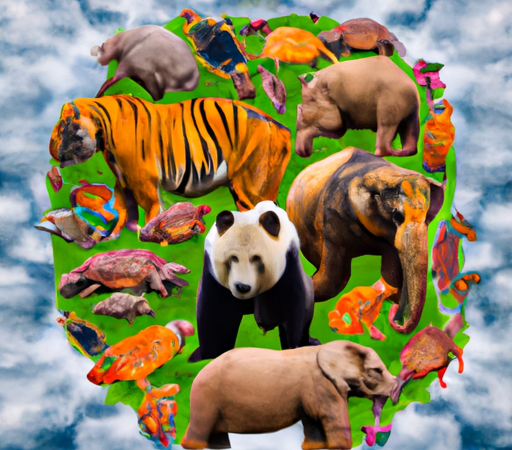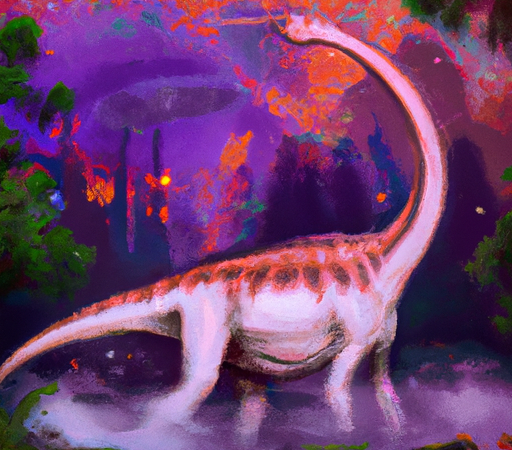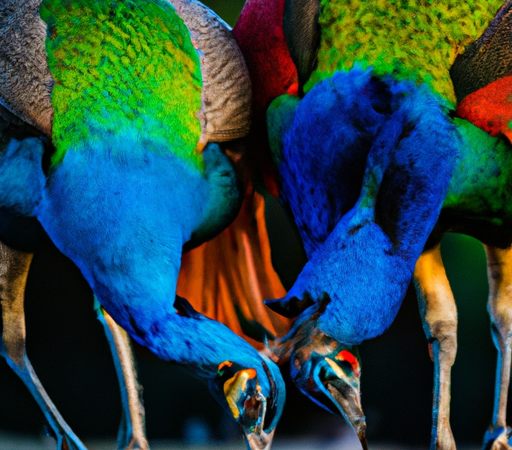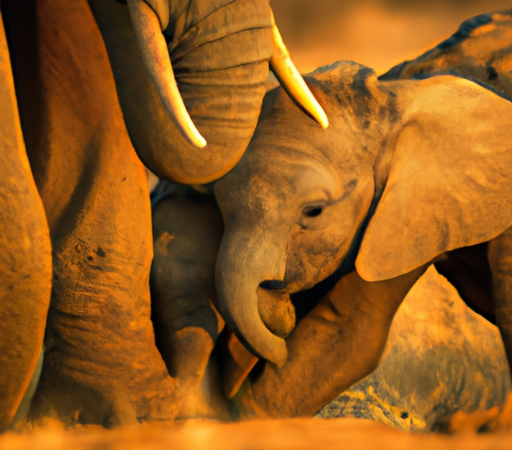Incredible Animal Migration: A Journey Across Continents

Incredible Animal Migration: A Journey Across Continents
Throughout the history of our planet, animals have displayed exemplary feats of navigation and endurance by embarking on arduous journeys spanning across continents. These migrations, driven by survival instincts and the need for sustenance or reproduction, are nothing short of awe-inspiring. Whether it is the great wildebeest migration in Africa or the extraordinary journey of monarch butterflies, these epic migrations offer a glimpse into the astonishing abilities of our fellow creatures.
One of the most famous migrations, called the great wildebeest migration, takes place annually in East Africa, primarily in Tanzania and Kenya. Approximately 1.5 million wildebeest, accompanied by hundreds of thousands of zebras and gazelles, travel relentlessly across vast expanses of savannah in search of greener pastures. This migration is fueled by the pursuit of food, following the seasonal rainfall that enables fresh grass to grow. The wildebeest navigate treacherous rivers teeming with crocodiles and brave predators such as lions and cheetahs, making it a remarkable spectacle for both tourists and researchers alike.
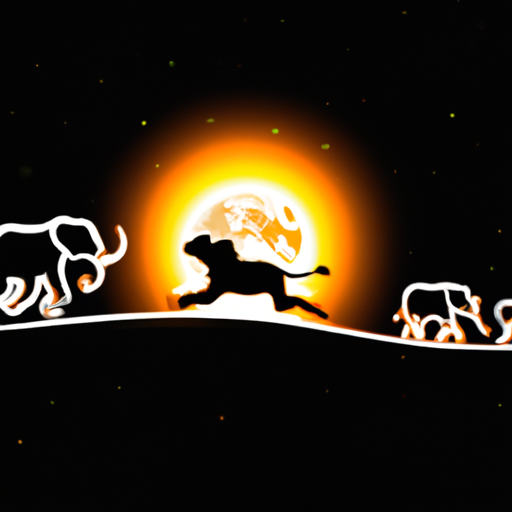
Another incredible animal migration occurs in North America, where millions of monarch butterflies navigate an unfathomable journey spanning up to 3,000 miles. These delicate creatures embark on this remarkable migration from their wintering grounds in central Mexico to their breeding grounds in the United States and Canada. The trip takes several generations to complete, with each generation passing on the information encoded in their genes about the direction and distance to their destination. It is a captivating display of instinctual navigation passed down through generations, enabling the survival of this fragile species.
The migration of gray whales also serves as an impressive example of the resilience and endurance animals possess. Every year, gray whales travel from the Arctic waters, where they feed during the summer months, to the warmer lagoons along the coast of Baja California, Mexico, to breed and give birth to their calves. Covering a distance of approximately 10,000 miles, this migration is considered one of the longest undertaken by any mammal on Earth. These gentle giants overcome the challenges of rough ocean conditions, as well as the constant threat of whaling ships, to complete this extraordinary voyage.
Migration is driven by a variety of factors, including the need for better feeding grounds, favorable breeding or nesting sites, and escaping the harsh climate of their current location. It involves an innate sense of direction, the ability to navigate using environmental cues such as landmarks, celestial bodies, or Earth's magnetic field, and, in some cases, the memorization of landmarks or unique scents. Birds, for example, rely on their keen ability to detect Earth's magnetic field lines to find their way during long-distance migrations.

While the exact mechanisms of migration continue to be studied, it is clear that these journeys require a remarkable combination of adaptation, genetic programming, and astounding physical abilities. The dedication, perseverance, and determination displayed by animals during their migrations are a testament to the incredible wonders of the natural world.
The significance of these incredible animal migrations extends beyond their inherent beauty. They play an essential role in maintaining the delicate balance of ecosystems and contribute to the biodiversity of our planet. By carrying seeds, distributing nutrients, and controlling populations of prey and predators, migratory animals greatly influence the health and stability of the ecosystems they pass through.
However, the survival and success of many migratory species are now under threat due to various human activities, such as habitat destruction, pollution, and climate change. Protecting these journeys and the habitats that sustain them becomes crucial in ensuring the survival of these magnificent creatures. It is our responsibility to appreciate and conserve these natural wonders for future generations to witness and cherish.
In conclusion, incredible animal migrations across continents stand as awe-inspiring natural phenomena. Whether observed in the vast African savannahs, the skies of North America, or the majestic oceans, these extraordinary journeys exemplify the resilience, adaptability, and navigation skills of our fellow creatures. As stewards of the planet, it is our duty to safeguard these migratory species and the habitats they rely on, preserving the invaluable wonders they bring to our world.

